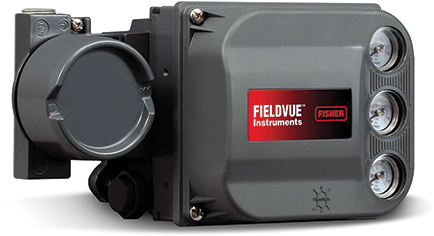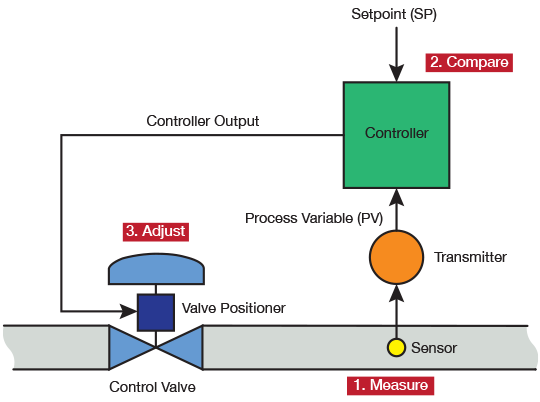Smart valve positioners offer a range of diagnostics, but the volume of information they can provide can be daunting. Establish a program to deal with alerts and analyze data to help you benefit from the information without getting overwhelmed.

Most of us interact with our personal devices — smartphones, tablets, e-readers, laptops, etc. — frequently throughout the day, everyday. We have incorporated these smart devices into our lives, but are we taking full advantage of all their functionalities? Because the power of these technologies can be overwhelming, some of us do not enable all of our devices’ functions or might be totally unaware an option is available.
As more smart devices are incorporated into process equipment, this tendency to underutilize them has extended into the industrial environment. The smart valve positioner has become the standard across the chemical process industries (CPI), but are you leveraging all of the functionality of your valve positioner? Like the smartphone in your pocket, you probably are not.
Nearly every corporate or site control valve specification requires a smart positioner for all or most new valves and for replacements of existing valves. Many plants are being asked to do more on a tighter budget, and smart positioners can help meet this demand. Smart positioners offer diagnostics that can be used for predictive maintenance programs, which can save time and money.
Valve positioners

▲Figure 1. In a basic process control loop, the controller takes a process variable (PV) from a transmitter, compares it to the setpoint (SP), and then issues the appropriate output to the valve positioner, which moves the control valve.
A valve positioner is the interpreter between the control valve assembly and the control system. It translates output signals from the control system and adjusts the air to the actuator, which moves the valve to the position requested by the control system (Figure 1). The positioner may also take position feedback from the valve stem/shaft and send that information back to the control system.
Valve positioners can help to overcome high valve friction, as well as reduce deadband (during which there is no valve movement) and hysteresis. The higher the friction, the more deadband associated with the control valve. Mechanical feedback from the valve assembly to the positioner enables the positioner to vary its output to overcome the friction and provide accurate control. For example, if the positioner receives a 50% input signal, it will provide whatever air output is required to move the valve to the midpoint of its range of travel. A positioner must be used with a piston actuator (with or without springs) to provide throttling control.
Smart (i.e, intelligent, digital) valve positioners perform the same basic functions as a traditional valve positioner, but they have expanded functionalities. The International Society of Automation (ISA) does not differentiate between traditional and smart positioners in its standards. Like any “smart” device, a smart positioner includes a small computer that enables additional capabilities. A smart positioner is analogous to a smartphone, while a traditional positioner is like your landline — both can make calls, but one can do considerably more.
The capabilities beyond positioning are what make smart positioners unique and valuable, but also what can make them intimidating. Smart positioners make the basic positioning functionality across your plant more accurate and reliable. Every positioner can be calibrated exactly the same and that calibration can be maintained, which provides more accurate control to setpoint and thus optimum process control.
Smart positioners enable accurate calibration. Users often specify an input signal with a larger range than necessary to compensate for inaccurate positioner calibration. In the case of analog 4–20-mA inputs, users will drop the input to well below 4 mA and then adjust it to exceed 20 mA to ensure the valve shuts off and travels from 0% to...
Would you like to access the complete CEP Article?
No problem. You just have to complete the following steps.
You have completed 0 of 2 steps.
-
Log in
You must be logged in to view this content. Log in now.
-
AIChE Membership
You must be an AIChE member to view this article. Join now.
Copyright Permissions
Would you like to reuse content from CEP Magazine? It’s easy to request permission to reuse content. Simply click here to connect instantly to licensing services, where you can choose from a list of options regarding how you would like to reuse the desired content and complete the transaction.
